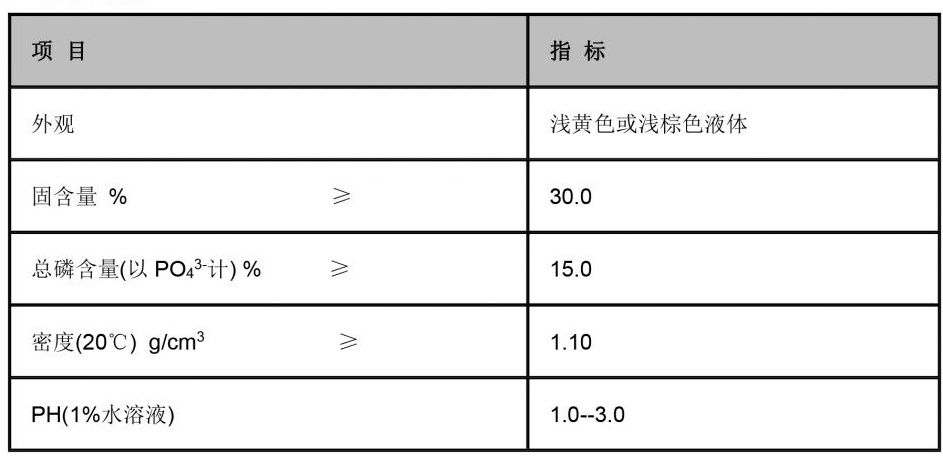difference between flocculant and coagulant
The Difference between Flocculants and Coagulants
In water treatment processes, particularly in the removal of suspended particles and pollutants, two essential chemical agents often come into play flocculants and coagulants
. Although these terms are frequently used interchangeably, they serve distinct roles in the treatment of water and wastewater, and understanding their differences is crucial for effective application.Coagulants are substances that facilitate the aggregation of fine particles suspended in water. When added, they destabilize the suspended particles by neutralizing their charge, allowing them to clump together in a process known as coagulation. Common coagulants include alum (aluminum sulfate), ferric chloride, and polyaluminum chloride. The coagulation process typically occurs first, as it sets the stage for further particle aggregation. The resulting larger clusters, or flocs, are easier to remove during subsequent filtration or sedimentation processes.
Flocculants, on the other hand, are used after coagulation to enhance the formation of these larger flocs. They are typically long-chain polymers that promote the bridging of individual particles, facilitating the agglomeration of small flocs into even larger, more cohesive formations. As a result, flocculants improve the settling rate of particles and enhance the efficiency of separation processes. Common flocculants include polyacrylamides and natural substances like chitosan.
difference between flocculant and coagulant

The mechanisms of coagulation and flocculation can vary significantly. Coagulation is primarily a physical-chemical process that involves the neutralization of charge and destabilization of particles, while flocculation relies more on the physical interaction between particles and flocculant molecules. This distinction leads to differing application concentrations and conditions; coagulants are often used in larger doses compared to flocculants.
Moreover, the selection of coagulants and flocculants is influenced by various factors, including the type of particles present, the pH of the water, and the desired clarity of the effluent. Effective treatment often requires a careful balance between both agents, as the synergistic effect of coagulants and flocculants can significantly enhance overall treatment performance.
In summary, while both coagulants and flocculants play crucial roles in water treatment, their functions are distinctly different. Coagulants destabilize particles to initiate aggregation, while flocculants enhance the aggregation process, leading to the formation of larger flocs that can be more easily removed. Understanding these differences is vital for optimizing water treatment processes and ensuring the effective removal of contaminants from water sources. Proper application of each agent can lead to improved water quality and more efficient treatment systems.
-
Water Treatment with Flocculant Water TreatmentNewsJun.12,2025
-
Polymaleic AnhydrideNewsJun.12,2025
-
Polyaspartic AcidNewsJun.12,2025
-
Enhance Industrial Processes with IsothiazolinonesNewsJun.12,2025
-
Enhance Industrial Processes with PBTCA SolutionsNewsJun.12,2025
-
Dodecyldimethylbenzylammonium Chloride SolutionsNewsJun.12,2025





